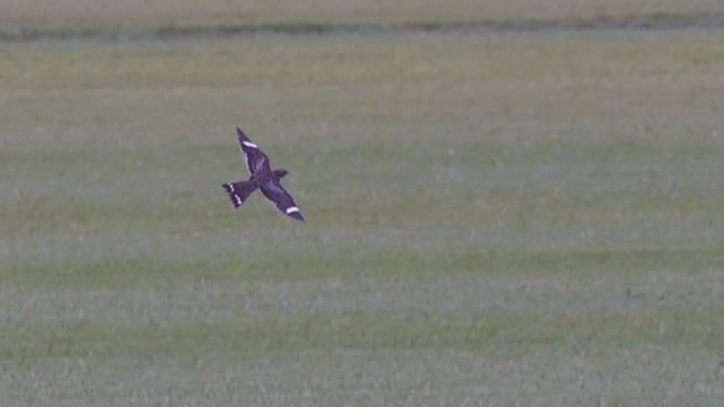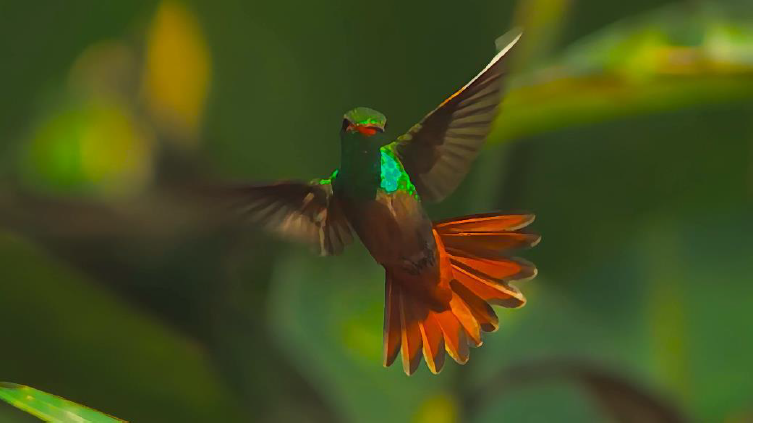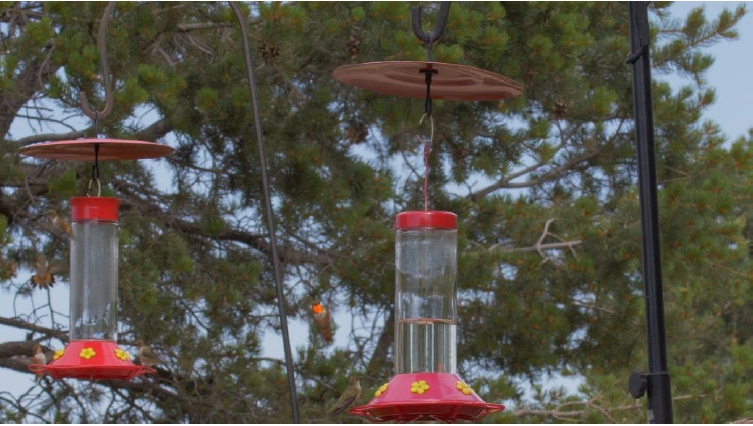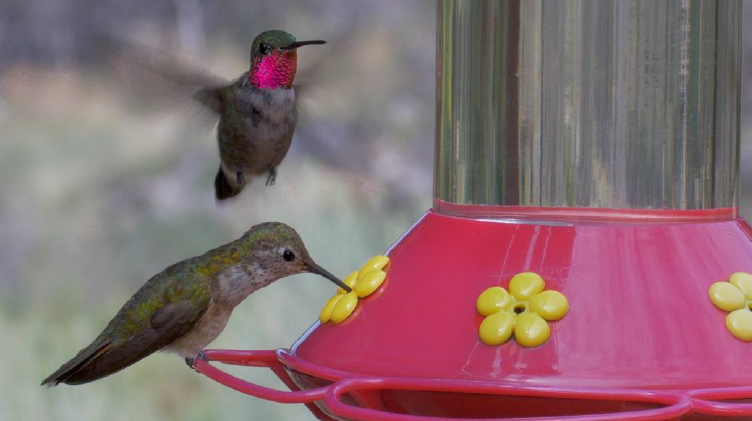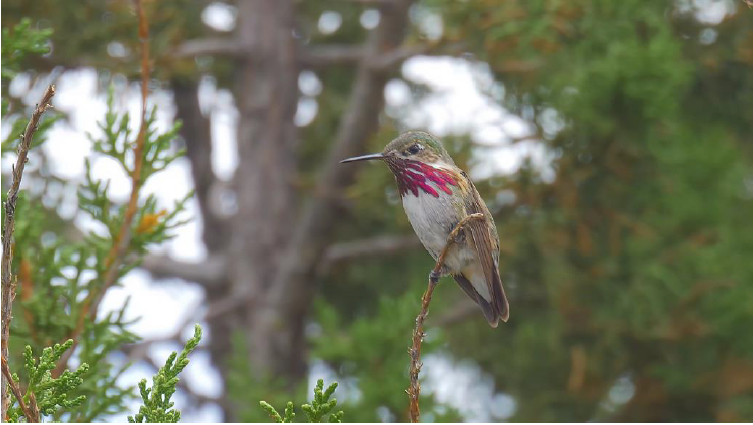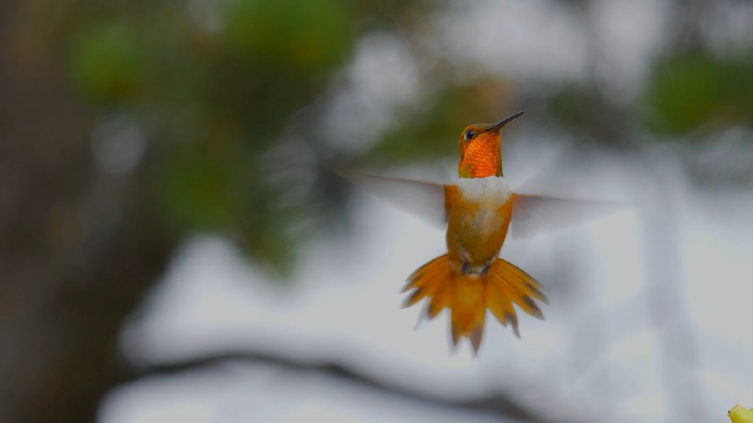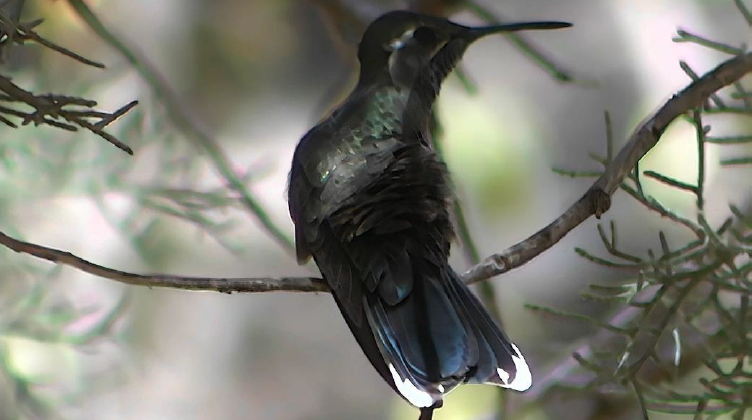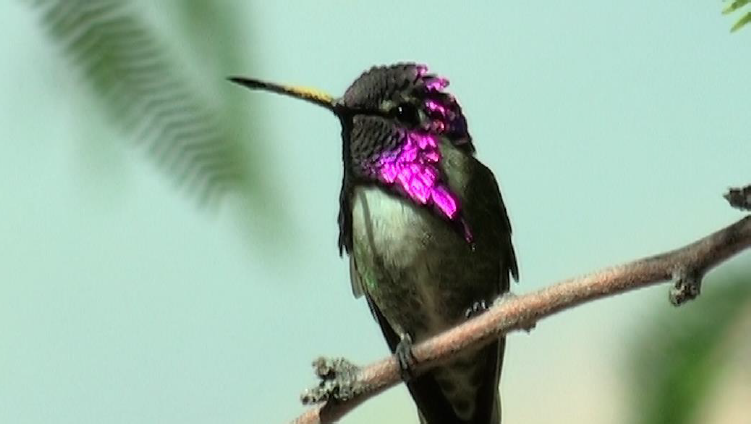A Fugitive from Photography turns to Video
by Steve Siegel
“I’ve never really gotten into video”. This is the refrain of photographer after photographer whenever the subject of video comes up. The discussion usually ends right there. Photography is a different party. But like Cinderella, sometimes the videographer puts on her glass slippers, looks out the window and sees that a royal ball is waiting for her to come and join in. And what fun it is! It happened to me thirty years ago, and I have not taken a still photo of a bird since.
At that time, in my new development in Florida, across the street from farmers’ fields, there were plenty of Common Nighthawks. I wanted to get a close-up photo of one at the bottom of its courtship dive, where the wings curve into a bow, and there is an audible “woosh”. To capture that split-second action required coordination, focusing ability, and luck. I had none of those. But consumer-style video cameras had just come out. Cameras that shot 30 individual still pictures (frames) every second. They focused when you pushed a button. Just follow the subject. Surely I could get one good photo out of all those frames. It never happened. The birds were too fast and the camera too primitive. But it was fun: there was movement, there was sound, there was unbelievable telephoto. You could shoot for hours on a tape and not have to send film to Kodak and slog through negatives. I was forever hooked. Click on photo to see Common Nighthawk video clip:
Since then, I have made several video, and recently made one featuring North American and Central American hummingbirds. This video captured the interest of members of the Central New Mexico Audubon Society who asked me more about my interest in videos, as well as details about the locations where I found these beautiful little birds.
Here’s the complete fourteen-minute video, which I filmed over several years in many locations.
Click on photo to see full hummingbird video:
For the bird videographer, hummingbirds are some of the easier subjects to shoot since they love to go to feeders. In the rolling hills near the Manzano Mountains of New Mexico, Bonnie Long and her husband, Don Giles, maintain a hummingbird haven. With numbers peaking in July, a cloud of hummingbirds surrounds their house at the score of feeders they work hard to keep full. Fifty birds at once is not an unusual sight.
Click on photo to see hummingbirds at feeders video clip:
Nearby, a meadow with penstemons and other native plants, also attracts the hummingbirds. Black-chinned is the most common, but Broad-tailed with their Tinkerbell flight, and pugnacious Rufous are also plentiful.
Click on photo to see Broad-tailed Hummingbirds video clip:
The gem however, is the tiny Calliope, which will practically fly up your nose if you stand close enough to a feeder.
Click on photo to see Calliope Hummingbird video clip:
Shooting video here is a matter of setting up on a tripod and pre-focusing where you expect a hummingbird to appear. They often hover at staging spots a few inches away from a feeder, allowing you to keep plastic out of your shot.
Click on photo to see Rufous Hummingbird video clip:
Setting the camera shutter at 1/1000th to 1/2000th of a second or even faster gives sharp videos, and shooting at 60 to 120 frames per second (or more, if you have it) provides slow motion. Video uses no flash, so the fancy light set-ups you may be familiar with for hummingbird stills is not necessary, or even desirable. There is plenty of sunlight at the Longs’. Once a year, they invite members of the Audubon affiliated local Thursday Birder Group to have lunch sitting overlooking the feeders and this is a perfect time to see this wondrous place and the breathtaking sight of so many hummingbirds in one place.
Is there any southwestern birder that doesn’t know about Southeast Arizona? Here, most of the North American hummingbird species are easy to see. Go to the canyons. Miller Canyon has Rivoli’s and White-eared, and Ash Canyon has Broad-billed and Lucifer. Over at Portal, AZ, Cave Creek Canyon offers the beautiful and somewhat mysterious Blue-throated Mountain Gem.
Click on photo to see Blue-throated Mountain Gem video clip:
It’s easy to set up your camera and shoot away at any of these places.
Especially good for videographers is at The Paton Center for Hummingbirds, near Patagonia, Arizona, a home donated to Tucson Audubon, where you can sit close to feeders and watch several species of hummers, including many I have already mentioned, as well as Violet-crowned and Costa’s.
After a while I like to get away from feeders. Arboretums with their variety of flowers are the places to be. California has lots of flowers, and the Southern Coast seems to be particularly attractive to Anna’s Hummingbird, but my favorite arboretum is Boyce-Thompson, east of Phoenix AZ. There are plenty of flowers, plenty of sun and what’s more, shade. Costa’s Hummingbird seems to like this combination and one sat for me, flashing its gorget for many minutes.
Click on photo to see Costa’s Hummingbird video clip:
The British king of hummingbirds, John Gould, called the color of the gorget “metallic lilac”. He was never able to duplicate it in paint.
When shooting hummingbirds at flowers, a video head is a great accessory to stabilize your camera as the birds flit from one to another. You also require patience when filming hummingbirds around plants, because the patch you have selected isn’t the only one the birds visit! Don’t despair, but look around as hummers often perch close to food sources. If it is in good light, you will get some of your best video there.
Steve Siegel is a birder and videographer based in New Mexico. His YouTube channel
https://www.youtube.com/channel/UCk526ePJH_DmBSat8KMtZvQ has more videos about birds, bird behavior and birding history.

